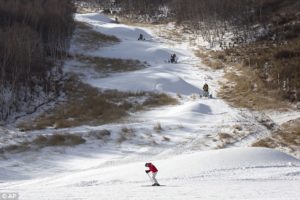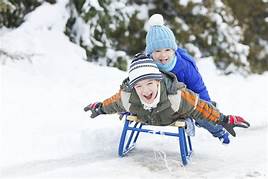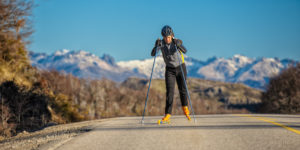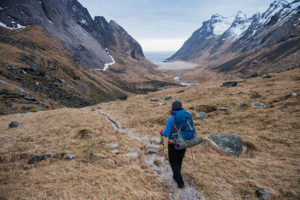Winter is now around, so is the flu! While many people look forward to the cold weather for skiing and other outdoor activities, others heads have gone indoors until spring, cutting down on their opportunities for the exercise they need. Staying indoors with someone who has the flu you keep inhaling that air which will prone you in getting the flu as opposed to getting outside. Remember in a hospital your put on Droplet precaution, in a isolated room and droplet means you can catch the Flu within arm’s length of the pt; so you wear a mask when visiting the patient with the flu in a hospital.
So get outside in warmer or when the temp gets colder. Whether it’s spending an afternoon at the local sled hill with the kids or skiing down the Alps, you can help your clients and patients – not to mention yourself – maintain an active lifestyle in the wintertime while it still lasts.
Shoveling snow, building a snowman or going on a deep-snow hike all increase a person’s heart rate, oxygen consumption and energy expenditure. Skiing, snowboarding or ice skating strengthen the musculoskeletal system and improve balance and skill. Cross-country skiing, with its whole-body challenge, improves cardiovascular fitness and muscular endurance. And all winter sports connect us with the elements: wind, snow and, for some, the sublime beauty of the mountains.
Winter Nutrition Needs
Participating in winter activities may increase energy and fluid needs, especially if the person is engaging in vigorous and demanding activities. High altitude and cold temperatures can also increase energy expenditures — as much as two- or three-fold if you’re shivering. With winter activities, it is easy to forget to stay hydrated and fueled all day, so it’s imperative to take breaks to fuel up.
Fluid Balance
Exercising in the cold and at altitude exacerbates fluid loss in the body. A significant amount of fluid is lost through increased respiration and the body’s need to humidify dry, cold mountain air. In addition, cold-induced diuresis will lead to increased urinary volume and fluid loss. And cold reduces the body’s thirst response, making it a challenge to maintain fluid balance in the cold. However, dehydration in the cold has serious consequences; it impairs thermo-regulation and increases the risk of hypothermia.
With this in mind, it is best to begin exercise well-hydrated with water breaks (3 to 8 ounces) every 15 to 20 minutes if going out on the slopes for less than 60 minutes. For any time longer than an hour, consider recommending a sports beverage.
The Air Up There
Altitude may increase the body’s need for vitamins and minerals. Adequate iron stores are necessary to increase red cell mass if exposure to altitude occurs on a regular basis. In other words, iron depletion interferes with the positive adaptation of the blood’s oxygen carrying capacity that typically occurs in response to exercise at altitude. Furthermore, altitude exposure increases the generation of reactive oxygen species. However, it remains debatable whether antioxidants such as vitamin E and C are needed in higher amounts to protect cells from damage when participating in exercise at altitude.
This topic is largely understudied in winter sports, and may be more concerning for elite athletes training at altitude. A balanced diet including a hearty vegetable soup with herbs and spices, a handful of nuts, an orange and a cup of green tea may be plenty to protect the cells from occasional winter outings.
Be Prepared
Engaging in any type of cold-weather sports, especially at higher elevations, requires appropriate preparation in terms of clothing, shelter and the foods and fluids a person consumes before, during and after the activity. Recommend that your clients and patients take breaks throughout the day and listen to their bodies to ensure that they are feeling well and ready for another round of winter activity. Staying active outside can possibly help with keeping the Flu away especially if your exposed to someone in the house with the flu your not breathing the same air in the house which will prone you to getting the flu as opposed to staying active outdoors. Best thing in prevention of the flu is the vaccine but always check with your doctor.



